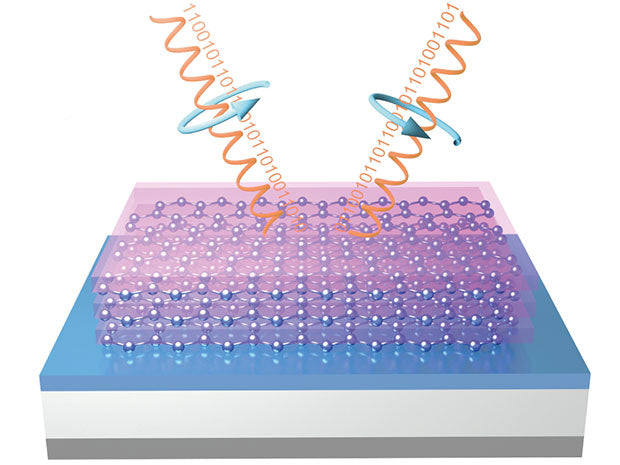Our planet’s pre-industrial climate may have been cloudier than presently thought, shows CERN’s CLOUD experiment in two papers published today in Nature.
CLOUD shows that organic vapours emitted by trees produce lots of aerosol particles in the atmosphere when there’s no sulphuric acid – a main product of burning fossil fuels.
Previously, it was thought that sulphuric acid was essential to initiate the formation of these aerosol particles but the new research shows that these so-called biogenic vapours are also key to their growth, and can help them grow up to sizes where they can seed clouds.
“These results are the most important so far by the CLOUD experiment at CERN,” said CLOUD spokesperson, Jasper Kirkby. “When the nucleation and growth of pure biogenic aerosol particles is included in climate models, it should sharpen our understanding of the impact of human activities on clouds and climate.”
The Intergovernmental Panel on Climate Change (IPCC) considers that the increase in aerosols and clouds since pre-industrial times represents one of the largest sources of uncertainty in climate change. The CLOUD experiment is designed to better understand such processes.
CLOUD has also found that ions from galactic cosmic rays strongly enhance the production rate of pure biogenic particles – by a factor 10-100 compared with particles without ions. This suggests that cosmic rays may have played a more important role in aerosol and cloud formation in pre-industrial times than in today’s polluted atmosphere.
